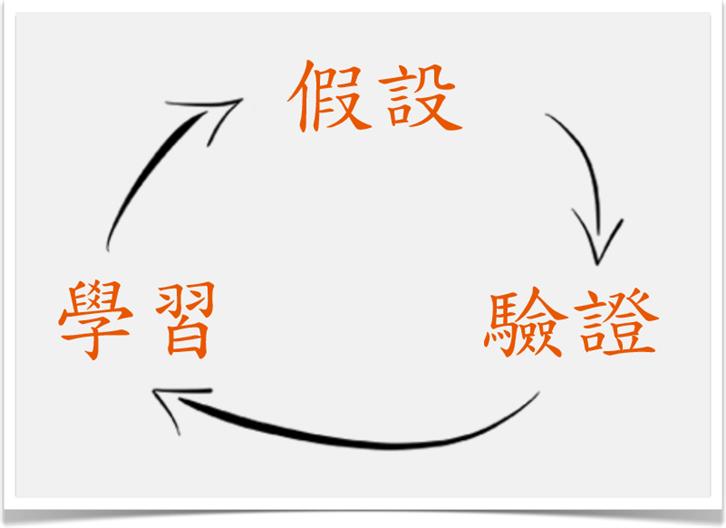.jpg)
People often approach me with the same question: “What is UX Design?”
Before getting into that, I need to clarify that the User Experience is a field that covers many different kinds of expertise. We are talking about the field of engineering, visual art, interactive design, behavior studies, social psychology and customer service… (The list can go on and on.) Any activity, design, trade, education or service that concerns people will need to be familiar with the study of the User Experience.
That is why we do not define UX Design (User Experience Design) as a single dimensional profession. It refers to a group of people involved in production and services (engineers, artists, customer service, public relations, event planners… etc) who focus on the user experience in terms of decision making.
Someone also surely ask: What does it mean to “center around the user”, then?
The short answer is to “put oneself in the shoes of the user”.
Let me elaborate on that.
As a designer, or service provider, it is inevitable to think from one’s one perspective when coming up with a product. This is what I cal a “self-proclaimed ” design, as opposed to one based on “the user experience”. A programmer’s logic, for example, might be blind to easier and simple procedures. Or the fact that sometimes customer service SOPs get in the way of actually solving a problem… These are but a few examples that happen in everyday life.
So, you might conclude that everyone in a group should be taking the user experience into account. Everyone should be capable of UX design. As a conclusion, every customer will be provided with the most suitable and satisfactory service.
Now let’s move on to the “Know-hows” of implementing user experience into different fields of work. The following are a few tips that will get you started:
1. Start from Observation (Observe –> Reflect –> Learn)

Observation? On what?
First of all, we need to pay attention to others.
Always take notice of what other people are doing (how they utilize things, how they interact with others) before taking into account their reactions. (All different types of moods, including anticipation, surprise or disappointment…)
Life is like a big lab in itself. Through observing others, we can understand more about things from different aspects. How they do it, under what circumstances it is done, where, when, who they interaction with, how they feel… etc. The next step is to reflect those same questions to oneself:
Do I share any same experiences with others? What do we have in common?
Why are some experiences unique? What caused the differences?
We are all unique in this world, because we have different backgrounds, and we will always look at things in different ways. Most of our culture and community are formed by objective yet not always relatable on a personal level.
However, though observing others and reflecting upon oneself, we learn how other people think. In a way, we are getting rid of stereotypical barriers.
2. Experienced and Experimental Approaches
“I think this should be right!” “This might be the case!” “Most users probably think this way!” Expressions such as these are called assumptions, and they do not always represent fact and reality.
The act of assuming needs verification, and it is something we can experience ourselves. Design an experiment to verify your original though or plan. For example: Let’s say I want to know how a bus seat is designed. The designer should take a long-distance bus ride themselves to understand what kind of cushion or shape would be ideal for the passenger.
Experiment yourself in order to verify the assumptions. That is how the user experience helps make production better.

3. Gather, Digest and Share Information
People of different professions are able to widen their perspective of the world through traveling and observing life. Without knowing it, these little input may, to some extent, reshape your understanding of what it means to be an individual spirits. However, the only way you digest what you learn is by sharing it. Why, you ask? Here a quick example. Anyone who made a presentation should know: “Preparation” means that you need to fully understand your material inside out. Turn it into something that comes from you. Not only will the audience comprehend better, for the presenter, it is always a bonus because you know it by heart.
The mentioned points are not talking about how one becomes a professional. Rather, these are tips that can help you center your work around the user experience. The automobile was invented during the Industrial Revolution because we needed something that went faster than a horse. Now, we need something strong than the current available CPCs to take us onto the moon. Now is the time of details. We value quality in every aspect of life, and it’s not about the destination anymore. It’s also about the ride. In short, focusing on quality means to center the “User Experience”, and it is also the key to great product success in the modern world.
Source: http: //labs. openviewpartners. com/user-experience-design-qa-with-ux-booth-founder-andrew-maier/
http: //izifunny. com/2011/11/09/izifunny-picdump-102-pics. html
———————————————————————————————-
About the author
Gamania User-Experience Center / Michelle Lin
By methods of UCD (User-Centered Design), this model aims to execute or modify all corporative projects as to improve and promote Gamania in-house user-oriented products.
———————————————————————————————-
